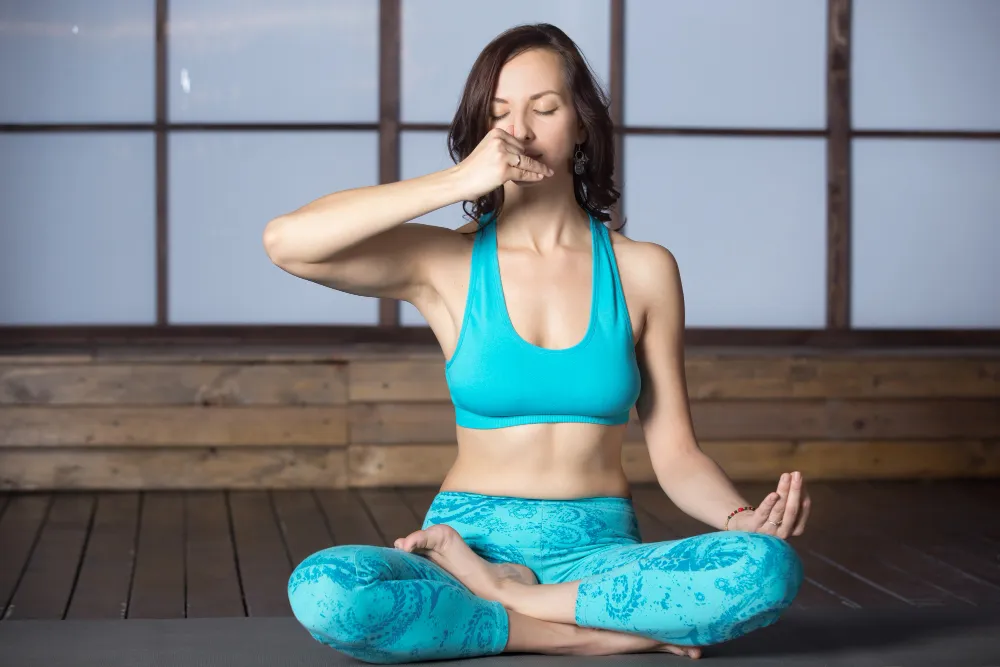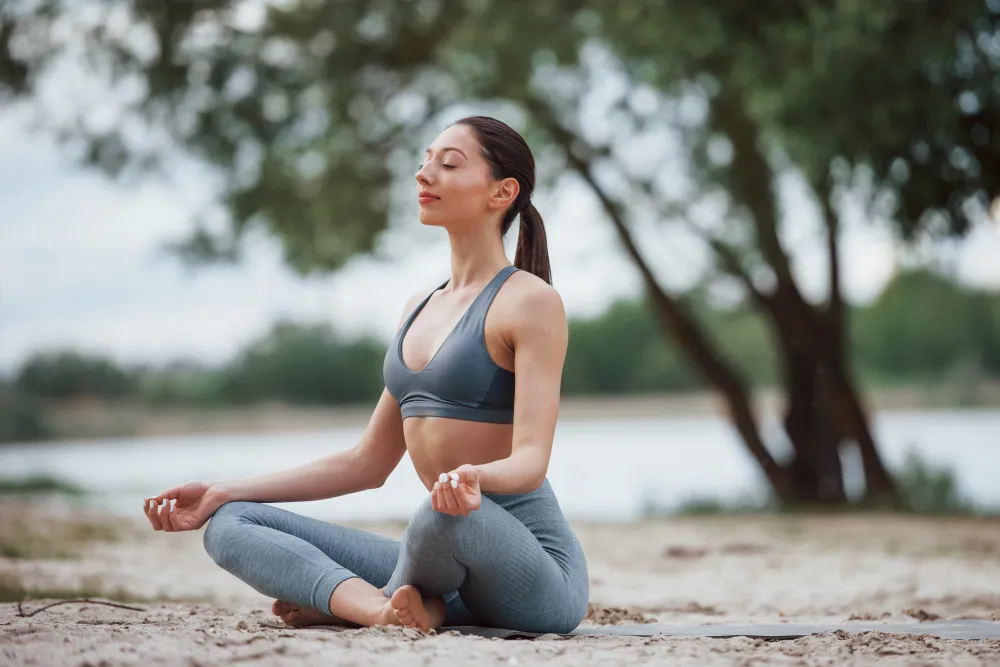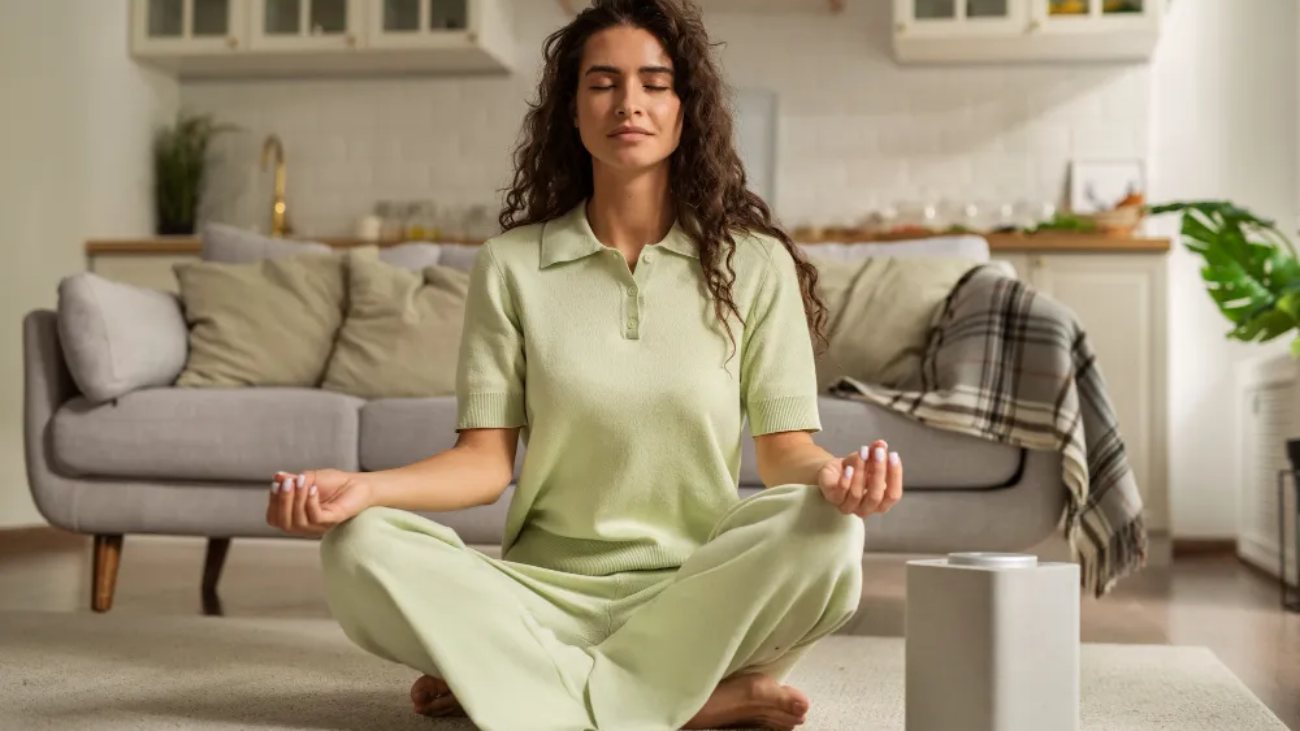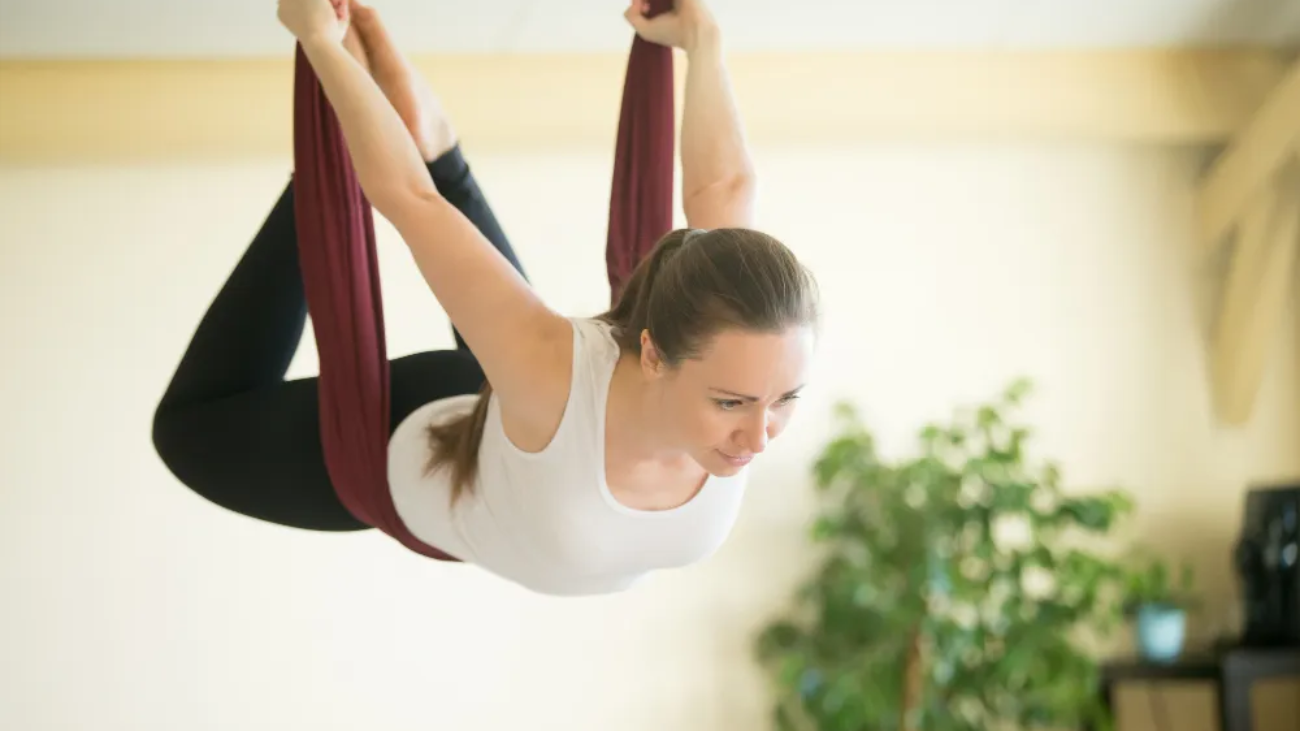Yoga is a wonderful practice that offers numerous physical, mental, and spiritual benefits. However, as with any physical activity, there are common mistakes that practitioners can make that may hinder progress or even lead to injuries. Understanding these mistakes and knowing how to correct them can significantly improve your yoga practice and overall experience. Let’s explore some of the most common yoga mistakes and their remedies.
1. Poor Alignment: One of the most prevalent mistakes in yoga is improper alignment. This can result in strain on the joints and muscles and may reduce the effectiveness of the pose. As yoga instructor Jillian Pransky says, “Misalignments can lead to energy blockages and injuries.”
Correction: Take the time to learn proper alignment for each pose. Listen to your instructor’s cues and use props like blocks or straps to support your body in achieving the correct alignment.
2. Holding the Breath: Many beginners tend to hold their breath while practicing challenging poses, which can lead to tension and decreased flexibility. Yoga teacher Aadil Palkhivala notes, “When you hold your breath, the body tightens, and it becomes more difficult to deepen into the pose.”
Correction: Focus on steady and controlled breathing throughout your practice. Breathe deeply and evenly, allowing the breath to guide you into and out of each pose.
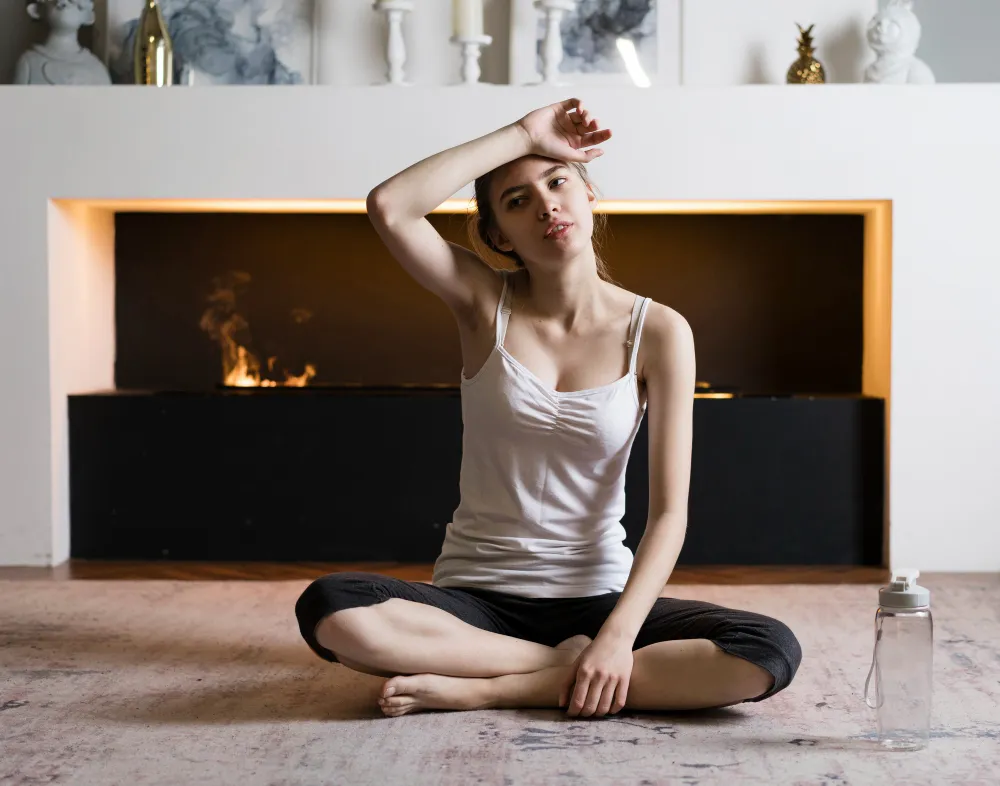
3. Overexertion: Pushing yourself too hard to achieve a particular pose or stretch beyond your current abilities can be counterproductive and potentially harmful. Yoga guru B.K.S. Iyengar once said, “Yoga allows you to rediscover a sense of wholeness in your life, where you do not feel like you are constantly trying to fit broken pieces together.”
Correction: Honor your body’s limits and practice patience. Gradually work on building strength and flexibility, and remember that progress takes time.
4. Lack of Mindfulness: Yoga is not just about physical postures; it is a practice that involves the mind and spirit as well. Rushing through poses without being present in the moment can hinder the transformative power of yoga. As yoga teacher Judith Hanson Lasater says, “Yoga is not about touching your toes. It is what you learn on the way down.”
Correction: Cultivate mindfulness during your practice by focusing on your breath and sensations in each pose. Embrace the journey of self-discovery and growth that yoga offers.
5. Comparing Yourself to Others: Yoga is a personal journey, and comparing yourself to others in the class can create feelings of inadequacy and frustration. Yoga master Sri Krishna Pattabhi Jois reminds us, “Do your practice, and all is coming.”
Correction: Embrace your unique abilities and respect your body’s limitations. Your yoga practice is about your growth, not about being better than anyone else.
6. Neglecting Warm-Up and Cool-Down: Skipping warm-up exercises can lead to injuries, as cold muscles are more susceptible to strains. Likewise, neglecting the cool-down can leave you feeling sore the next day. Renowned yoga teacher Shiva Rea emphasizes, “The quality of our breath expresses our inner feelings.”
Correction: Always start with gentle warm-up exercises to prepare your body for the practice ahead. After your main practice, include a few minutes of stretching and relaxation to cool down and integrate the benefits of your practice.
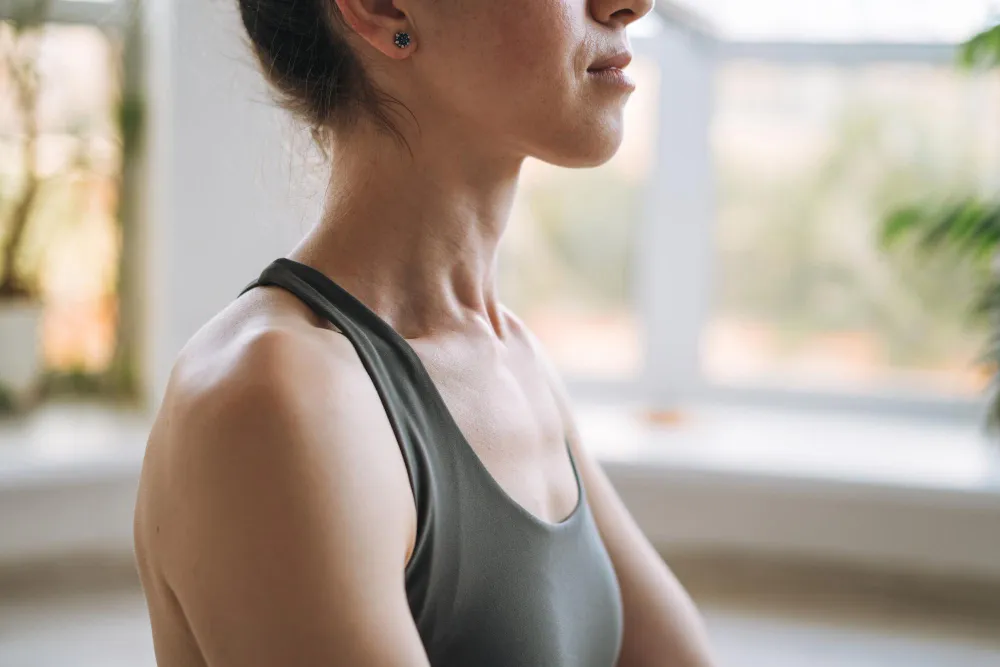
7. Holding Tension in the Face and Shoulders: During challenging poses, it’s common to hold tension in the face, neck, and shoulders. This can hinder the flow of energy and prevent deeper relaxation. Yoga teacher Erich Schiffmann says, “Your body is precious. It is our vehicle for awakening. Treat it with care.”
Correction: Pay attention to your facial expressions and shoulders during practice. Consciously relax these areas and let go of any unnecessary tension.
8. Neglecting Restorative Poses: People often focus on dynamic and physically demanding poses, overlooking the importance of restorative practices. Yoga instructor Judith Hanson Lasater reminds us, “We all have an inner teacher that shows us the way when we stop long enough to listen.”
Correction: Incorporate restorative yoga poses into your practice regularly. These poses promote relaxation and healing, helping you balance the physical demands of dynamic asanas.
9. Skipping Savasana: Savasana, or Corpse Pose, is the final relaxation pose in most yoga classes. Some students may skip it to save time or because they feel restless. However, this is a crucial part of the practice for integration and rejuvenation. As yoga master B.K.S. Iyengar says, “The rhythm of the body, the melody of the mind, and the harmony of the soul create the symphony of life.”
Correction: Embrace Savasana fully. Allow yourself to surrender and rest, letting go of any lingering tension or stress.
In conclusion, yoga is a profound journey of self-discovery and inner transformation. By being mindful of common mistakes and correcting them, we can enhance the benefits of our yoga practice and cultivate a deeper connection with ourselves. As you continue on your yoga journey, remember the words of yoga teacher T.K.V. Desikachar, “The success of yoga does not lie in the ability to perform postures but in how it positively changes the way we live our life and our relationships.”
Keep practicing with patience, love, and dedication, and your yoga journey will be a fulfilling and enriching one.
Choose the best studio for Yoga in Dubai. To know more about us, visit: tranquilyoga.fit. We are located at 203, Barsha Business Square, Al Barsha 1, Dubai – UAE. You can reach us on +971 50 359 7317, +971 4282 9955 or write to us at: infotranquilyoga@gmail.com.
Our Google Map link is as follows– https://www.google.com/maps/place/Barsha+Business+Square+-+Al+Barsha+-+Al+Barsha+1+-+Dubai+-



